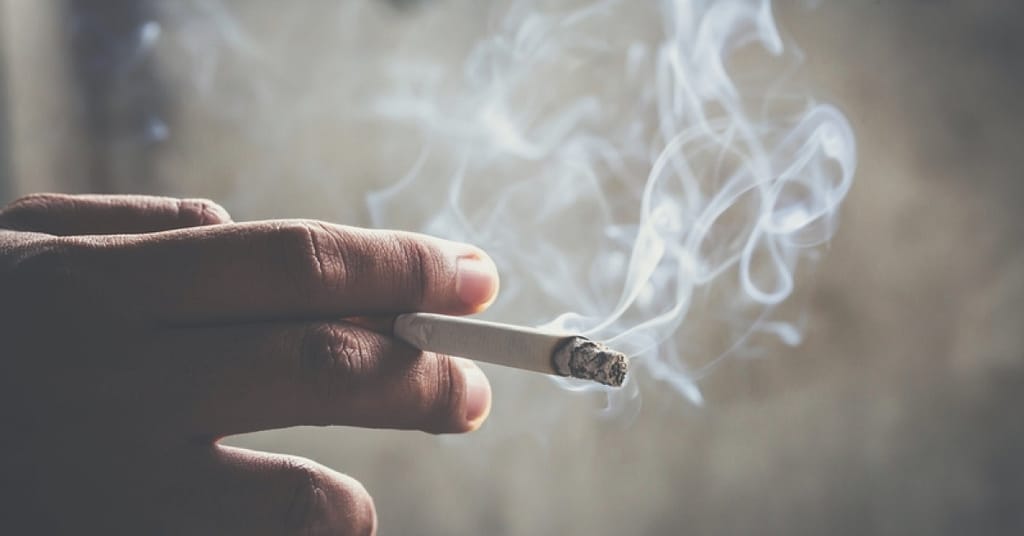(Carrick Pharmacy News) A new international report highlights the damage that exposure to tobacco does to developing children and calls for increased tobacco control measures.
The new report, from the World Health Organization (WHO), looked at the effects of tobacco exposure in unborn babies and young children. In both cases, secondhand smoke appears to cause a lot of damage.
“Exposure to second-hand tobacco smoke affects children’s survival, health, and development before and after birth,” said Dr. Bernadette Daelmans, unit head of Child Health and Development at the WHO Department of Maternal, Newborn, Child and Adolescent Health and Ageing, in a press release. “There is no safe level of exposure to tobacco smoke. It seriously harms the health of a child, and may drive a child to later engage in tobacco use, which will increase risk of serious health harms throughout life.”
In unborn children, exposure to secondhand smoke and maternal smoking are tied to deaths, preterm births, stillbirths and birth defects, the report pointed out.
According to the WHO, smoking during pregnancy is tied to a doubled risk of birth defects and sudden infant deaths. It’s also linked to a 13 percent higher risk of congenital malformations and a 23 percent higher risk of still birth.
Children who live with smokers face the following risks:
- A higher risk for pneumonia and other respiratory infections
- A higher risk of developing and being hospitalized for asthma
- A raised risk of behavioral problems and trouble doing well in school
- A raised risk of middle-ear disease
- A higher risk of dying before their fifth birthday
Adding to those risks, children who live with caregivers who smoke are 70 percent more likely to smoke by the age of 15, the WHO noted.
Creating strict tobacco control measures will benefit children in the long-term, WHO officials said. Some of those measures could include higher tobacco taxes, banning tobacco advertising and creating 100 percent smoke-free environments.
“Creating 100% comprehensive smoke-free policies result in greater benefits, especially when those policies are adequately enforced, without exceptions,” said Dr. Vinayak M Prasad, unit head of No Tobacco (TFI) at the WHO Department of Health Promotion, in a press release.
If you need help quitting smoking, reach out to your health care provider.



